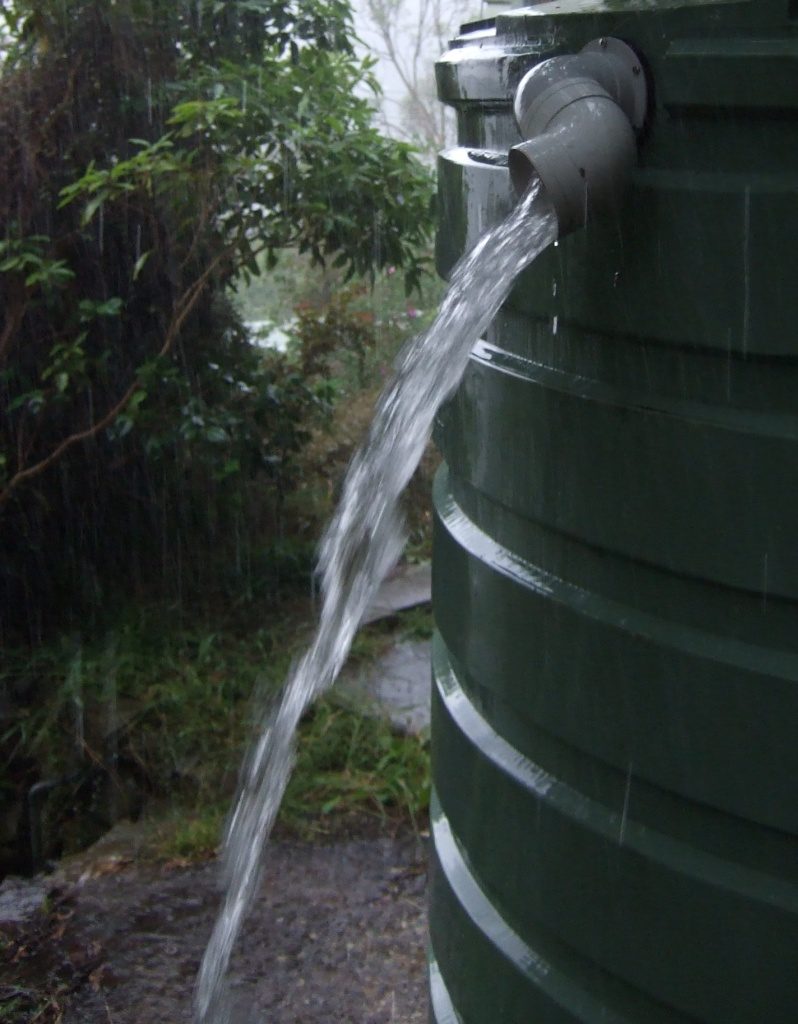
To ensure that the water in the storage tank stays clean, strainers and screens need to be set up to filter out all debris, mosquitoes, and insects. Below are some options that can be set up.
Rain Heads, Also Called Leaf Eaters
A rain head, also called a leaf eater, is usually set up at the top portion of the downpipe—located right below the gutter—which leads all water down to the tank. Made of PVC, it features a screened opening which lets water go through whilst deflecting all types of debris, leaves, mosquitoes, vermin, and even frogs away from the pipe system.
Tank Inlet Leaf Strainers
Located on the top part of the rainwater tank is a round hole which has a diameter of approximately 200-500mm. This is the part all pipe work beginning from the gutters leads to, and if left without a screen, debris, leaves, frogs, mosquitoes, and other undesirables will end up inside the tank, and thus compromise the quality of water.
Enter the leaf strainer for a tank inlet. As the name implies, this attachment is a great solution to prevent this exact scenario from happening. How large the strainer must be depends on tank size and model (though many tank packages already have strainers included), and when setting it up, make sure it is tightly fitted to ensure proper protection. Holes in the tank strainer need to be 1mm or less so mosquitoes cannot get in.
Overflow Screen
At the top part of the tank you can find a round hole where the overflow pipe needs to be connected to. Left unscreened, the overflow pipe of the tank can become another path of entry for vermin and insects, so make sure that both overflow strainer and elbow are connected to it before its installation into the hole.
How to Protect the Tank Against Mosquitoes
Mosquitoes are commonplace in Australia—one can find them in all states, and they quickly breed wherever there is stagnant water. Some sources of stagnant water include plant pots and trays, pails, buckets, and a rainwater tank that’s not screened properly.
Therefore, aside from checking if the tank you have purchased has all the filters you need, and that these filters are of the right size and made of the right material, make sure that each filter has been set up properly. Use the right tools to set up each filter, and follow manufacturer instructions for installation.
It can be tempting to drain the tank of all stored rainwater in case you hear mosquitoes already buzzing inside, but a better solution is adding some liquid paraffin or domestic kerosene. A single teaspoon of the latter in a tank with a 1,000-litre capacity or three teaspoons of the same substance in a tank with a capacity of 10,000 litres is recommended. If you’ve opted to use the former, then use double the amounts mentioned. Avoid the use of commercial or industrial kerosene, so make sure to check the kerosene you will be using for the rainwater storage tank.



Leave A Comment